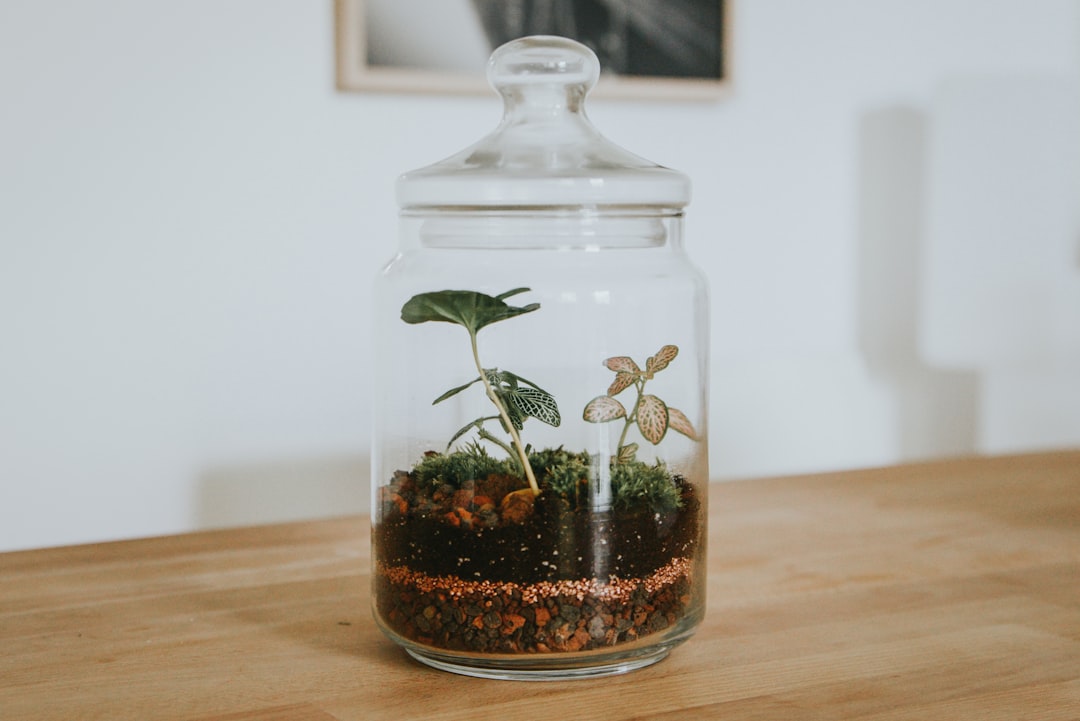Creating your first terrarium is an exciting and rewarding experience. These miniature gardens bring a touch of nature indoors and require minimal maintenance once established. However, to ensure success, it's crucial to have the right supplies. In this guide, we’ll explore the essential materials needed, including containers, substrates, and tools, to help you build a thriving terrarium.
Choosing the Right Container
The container serves as the foundation of your terrarium, and selecting the right one depends on the type of plants you want to grow. Here are some popular options:
Types of Terrarium Containers:
-
Glass Jars: Mason jars, apothecary jars, or repurposed glass containers work well for small terrariums.
-
Fish Tanks or Bowls: Larger glass aquariums or fishbowls offer more space for elaborate arrangements.
-
Hanging Terrariums: Globe-shaped glass containers that can be suspended for a stylish, modern look.
-
Geometric Glass Terrariums: Often open-faced, these containers are ideal for succulents and cacti.
-
Cloche or Bell Jars: Elegant options that create a greenhouse effect for moisture-loving plants.
Key Considerations When Choosing a Container:
-
Size: Larger containers provide more space for plant growth and design variety.
-
Opening: Closed containers maintain humidity, while open containers allow airflow.
-
Transparency: Clear glass is ideal for letting in sunlight and monitoring plant health.
Selecting the Right Substrates
The layers inside your terrarium are essential for plant health, ensuring proper drainage and preventing root rot. Here’s what you’ll need:
1. Drainage Layer
A base layer of small rocks or pebbles allows excess water to drain away from the roots.
-
Recommended materials: Gravel, river rocks, or aquarium pebbles.
2. Activated Charcoal
This layer helps absorb excess moisture, prevents odors, and reduces mold growth.
-
Found at pet stores (aquarium section) or garden centers.
3. Soil Layer
Different plants require different soil types:
-
Tropical plants & moss: Use a peat-based potting mix.
-
Succulents & cacti: Use a well-draining cactus mix with added sand.
-
Ferns & orchids: Use a rich, organic mix with added bark or perlite.
4. Decorative Top Layer (Optional)
Adding a finishing touch can enhance your terrarium’s aesthetics.
-
Options include moss, sand, decorative stones, bark, or tiny figurines.
Essential Tools for Terrarium Building
Having the right tools makes assembling and maintaining your terrarium easier, especially for deep or narrow containers.
Must-Have Terrarium Tools:
-
Long Tweezers or Tongs: Useful for placing plants and decorations without disturbing the soil.
-
Miniature Shovel or Spoon: Helps with precise soil placement.
-
Small Watering Can or Spray Bottle: Provides controlled moisture without overwatering.
-
Scissors or Pruning Shears: Used for trimming overgrown plants and removing dead leaves.
-
Soft Brush or Cotton Swabs: Helps clean the glass and remove dirt from leaves.
-
Chopsticks or Skewers: Great for adjusting plant positions and compacting soil in tight spaces.
Additional Tips for Success
-
Choose the right plants: Match plant types to your container (e.g., succulents for open terrariums, moss for closed ones).
-
Layer properly: Follow the correct order (drainage, charcoal, soil) to create a healthy environment.
-
Avoid overwatering: Closed terrariums need very little water, while open ones dry out faster.
-
Place in appropriate lighting: Indirect sunlight is best for most terrariums; too much direct light can cause overheating.
Start Building Your Miniature Garden!
With the right supplies—containers, substrates, and tools—you’re ready to create a thriving terrarium that enhances your space with natural beauty. Whether you prefer an open, arid landscape or a lush, tropical setting, following these guidelines will set you on the path to terrarium success.
Ready to build your own? Gather your materials and start crafting your tiny world today!

Comments
No comments yet. Be the first to comment!
You must be logged in to comment. Login